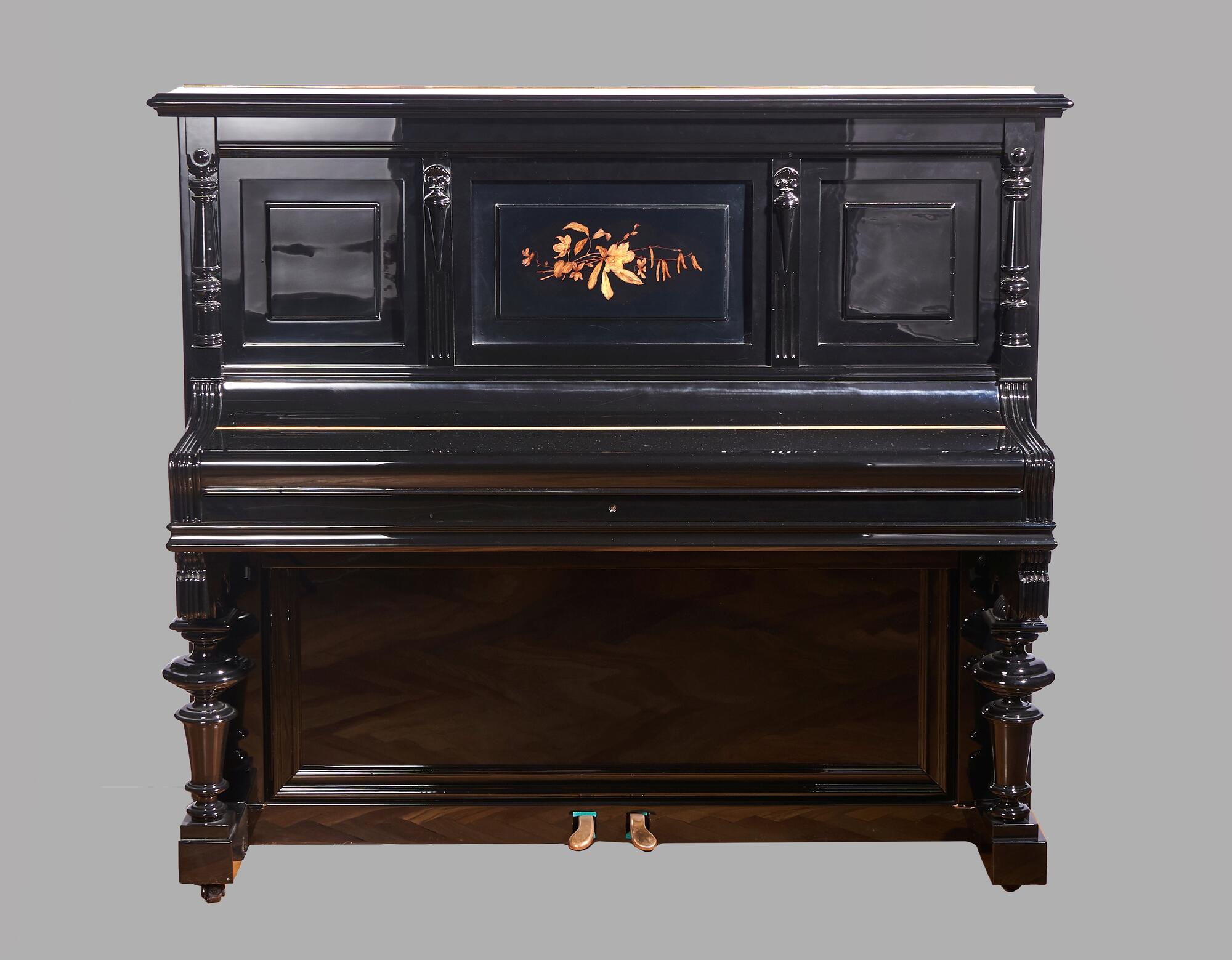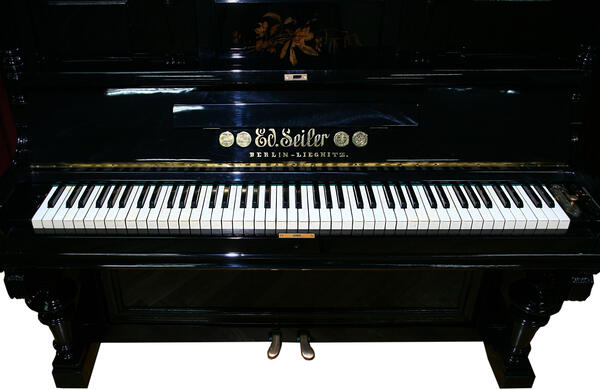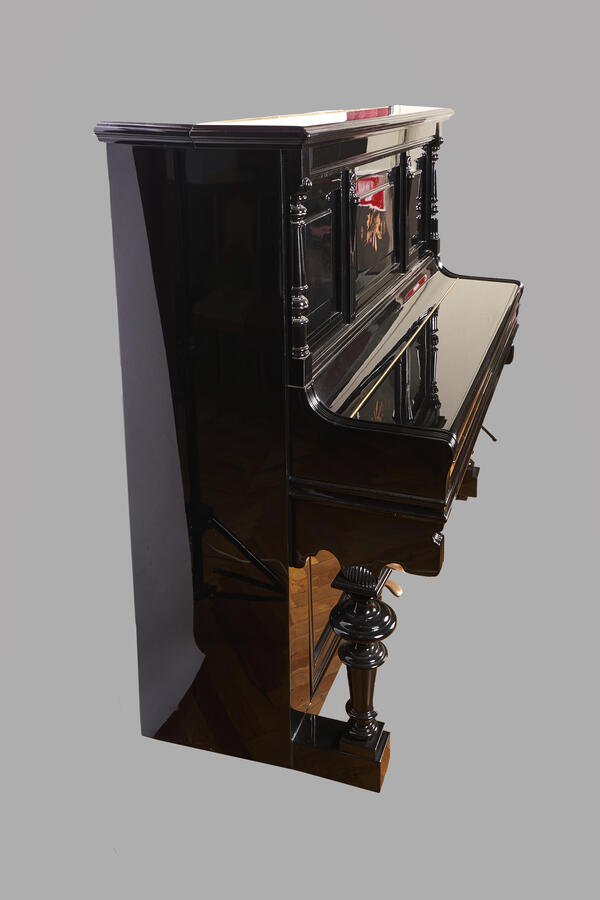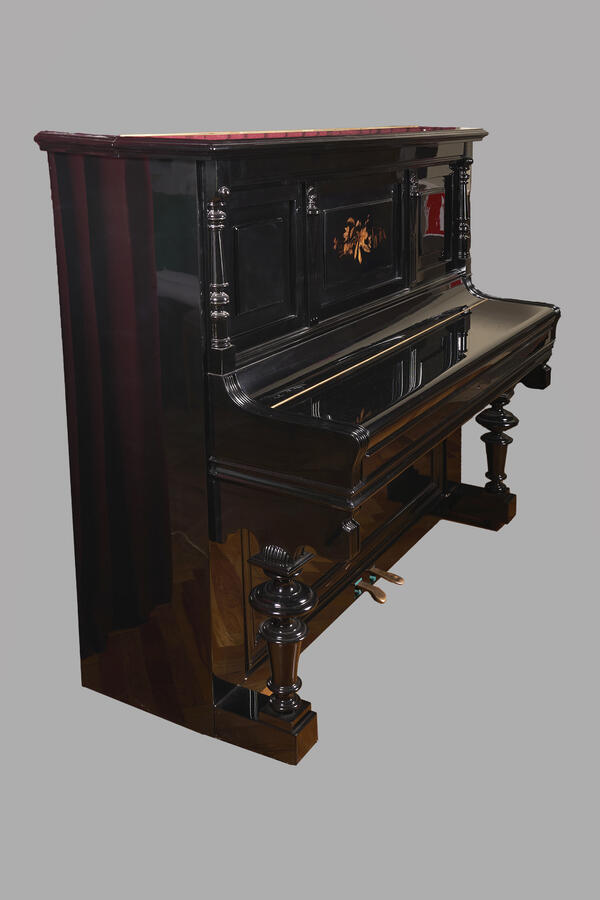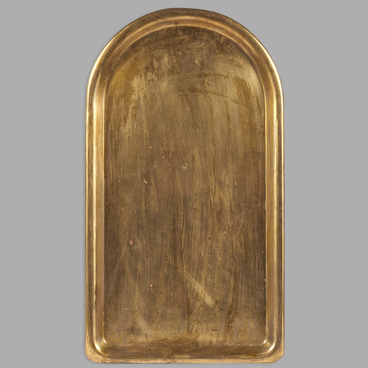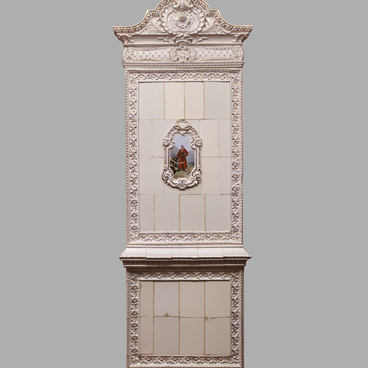At the end of the 17th century, Bartolomeo Cristofori, an Italian maker of musical instruments, made a revolutionary discovery in piano mechanics. It was an ingenious solution: the hammer was to strike the string with a return mechanism. In the 18th century, the mechanism of the piano improved. The result was two kinds of pianoforte: grand piano and upright piano. They differ in that the strings, soundboard and mechanics of a grand piano are arranged horizontally, while those of a piano are vertical.
With the emergence of a large number of well-known piano manufacturing companies, the instrument had become widespread throughout the world. One of the largest brands producing grand pianos in Germany was the company Ed. Seiler. Its first instrument was created in 1849 in the city of Liegnitz. Twenty years later, the piano firm of Eduard Seiler was awarded a medal in Russia for “an inimitable magnificent sound.” The universal recognition and impeccable reputation of the company’s instruments were confirmed by awards in Vienna, Berlin, Melbourne, Milan, Amsterdam and Chicago.
The piano from the collection of the Novorossiysk Historical Museum-Reserve used to belong to Fyodor Vasilyevich Gladkov, a famous Soviet writer. At all times, the piano in the house indicated the high level of culture and wealth. In Soviet times, not everyone could afford to buy such an instrument. Boris Fyodorovich Gladkov, the writer’s son, reminisced that the instrument appeared in the family in 1925–1926. His parents often played it, and his father also sang.
Fyodor Vasilyevich Gladkov was especially fond of Russian folk songs. This love was instilled by his grandmother and mother. Classical music also accompanied the writer throughout his life. When Gladkov had guests, he would always sing folk songs and arias from his favorite operas. He especially succeeded in Valentin’s arias from the opera “Faust” by Gounod, Tchaikovsky’s songs, and the Prince’s aria from the opera “Rusalka” by Dargomyzhsky. His favorite song was “We were not Married in the Church.”
Today, this instrument is one of the rarest exhibits of the permanent exhibition “Old Novorossiysk” in the Museum-Reserve, which presents the interiors of the “Memorial Study and Living Room of the writer F.V. Gladkov”. However, the instrument is not a silent showpiece. The piano is regularly used during literary and musical evenings in the museum-reserve.
With the emergence of a large number of well-known piano manufacturing companies, the instrument had become widespread throughout the world. One of the largest brands producing grand pianos in Germany was the company Ed. Seiler. Its first instrument was created in 1849 in the city of Liegnitz. Twenty years later, the piano firm of Eduard Seiler was awarded a medal in Russia for “an inimitable magnificent sound.” The universal recognition and impeccable reputation of the company’s instruments were confirmed by awards in Vienna, Berlin, Melbourne, Milan, Amsterdam and Chicago.
The piano from the collection of the Novorossiysk Historical Museum-Reserve used to belong to Fyodor Vasilyevich Gladkov, a famous Soviet writer. At all times, the piano in the house indicated the high level of culture and wealth. In Soviet times, not everyone could afford to buy such an instrument. Boris Fyodorovich Gladkov, the writer’s son, reminisced that the instrument appeared in the family in 1925–1926. His parents often played it, and his father also sang.
Fyodor Vasilyevich Gladkov was especially fond of Russian folk songs. This love was instilled by his grandmother and mother. Classical music also accompanied the writer throughout his life. When Gladkov had guests, he would always sing folk songs and arias from his favorite operas. He especially succeeded in Valentin’s arias from the opera “Faust” by Gounod, Tchaikovsky’s songs, and the Prince’s aria from the opera “Rusalka” by Dargomyzhsky. His favorite song was “We were not Married in the Church.”
Today, this instrument is one of the rarest exhibits of the permanent exhibition “Old Novorossiysk” in the Museum-Reserve, which presents the interiors of the “Memorial Study and Living Room of the writer F.V. Gladkov”. However, the instrument is not a silent showpiece. The piano is regularly used during literary and musical evenings in the museum-reserve.
